title
the_living
artist
Debra Solomon
intro
the_living is a project initiated and created by Debra Solomon that manifests itself in CU-SeeMe, software that enables online chat boxes with live video connections. the_living consists of a series of performances mediated on the computer screen and built up from web pages, windows displaying images, ongoing chats, computer code, and sound. Solomon’s digital persona, the_living, appears through streaming video from unusual physical environments such as an ice cave, in a swimming pool, or on a boat cruising through the Amsterdam canals—all while holding a laptop with which she interacts online with her audience in virtual video conference environments.
By continuously sending semi-fictional video and chat narratives, Solomon engages her audience, consisting mostly of people working in offices using the video conference environment, to participate and join her digital persona’s fictional narratives and re-enact moments of their lives online.
With this project, Solomon investigates the collective online environment that was becoming more common in the late nineties and shows the possibilities of online communication. While the_living is not bound by time or place, it blurs the borders of the physical and the digital world. It is 1998, but Solomon already fantasizes of being online 24 hours a day.
By continuously sending semi-fictional video and chat narratives, Solomon engages her audience, consisting mostly of people working in offices using the video conference environment, to participate and join her digital persona’s fictional narratives and re-enact moments of their lives online.
With this project, Solomon investigates the collective online environment that was becoming more common in the late nineties and shows the possibilities of online communication. While the_living is not bound by time or place, it blurs the borders of the physical and the digital world. It is 1998, but Solomon already fantasizes of being online 24 hours a day.
biography artist
Debra Solomon (US/NL), born in Lancaster, California, holds a BA in Music and studied in the Audiovisual department at the Gerrit Rietveld Academy from 1991 to 1995. Solomon's works have been shown at MoMA PS1, New York; Kunsthal, Rotterdam; V2_Organisation, Rotterdam; the Stedelijk Museum, Amsterdam; the Offenes Kultur Haus, Linz. She has lectured at various institutions, including UC Berkeley and the International Astronautics Federation Congress, and currently teaches in the MFA programme of the Dutch Art Institute in Enschede, the Netherlands.
Solomon has made a radical shift in her subject matter, focusing on food as a platform for social interaction. In 2004 she began publishing her independent visual research about food and food culture on culiblog.org. Solomon’s work since 2006 includes a series of pop-up restaurants that serve micro-greens, a recycling restaurant (in collaboration with Dennis Kaspori and Jeanne van Heeswijk), and a restaurant for fasting cultures.
Solomon has made a radical shift in her subject matter, focusing on food as a platform for social interaction. In 2004 she began publishing her independent visual research about food and food culture on culiblog.org. Solomon’s work since 2006 includes a series of pop-up restaurants that serve micro-greens, a recycling restaurant (in collaboration with Dennis Kaspori and Jeanne van Heeswijk), and a restaurant for fasting cultures.
keywords
virtual persona, digital persona, chatbox, chatroom, video conference, avatar, interactive, website, communication
images
[caption id="attachment_385" align="alignnone" width="640"]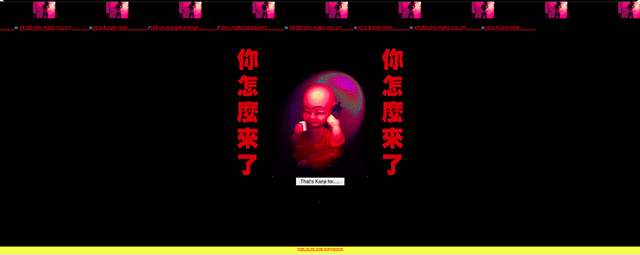 Debra Solomon, the_living, 1997-1998.[/caption][caption id="attachment_384" align="alignnone" width="640"]
Debra Solomon, the_living, 1997-1998.[/caption][caption id="attachment_384" align="alignnone" width="640"]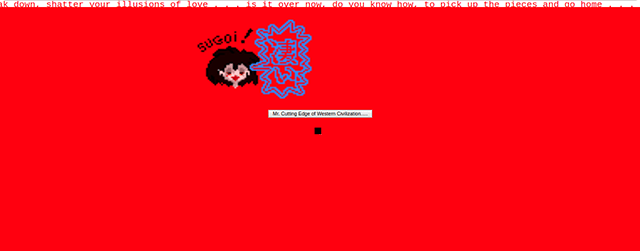 Debra Solomon, the_living, 1997-1998. Screencapture[/caption][caption id="attachment_382" align="alignnone" width="640"]
Debra Solomon, the_living, 1997-1998. Screencapture[/caption][caption id="attachment_382" align="alignnone" width="640"]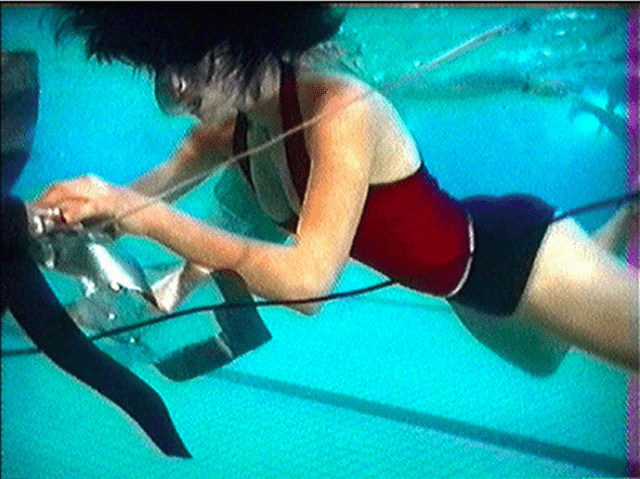 Debra Solomon, the_living, 1997-1998. (C) Debra Solomon. Video still from Project the-living's Wardrobe of Live Moments (1998-2000).[/caption][caption id="attachment_383" align="alignnone" width="640"]
Debra Solomon, the_living, 1997-1998. (C) Debra Solomon. Video still from Project the-living's Wardrobe of Live Moments (1998-2000).[/caption][caption id="attachment_383" align="alignnone" width="640"]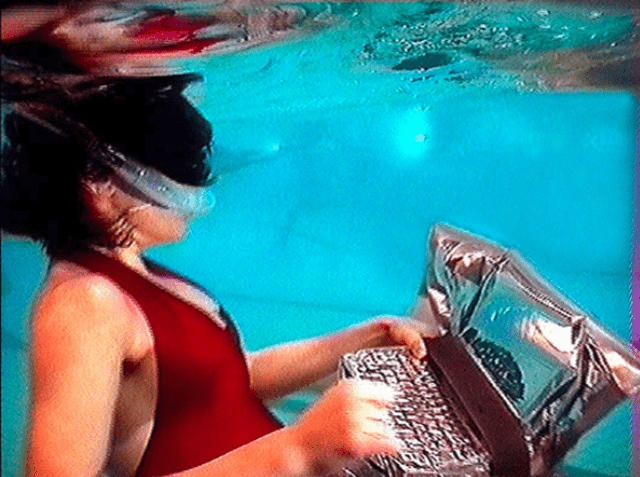 Debra Solomon, the_living, 1997-1998. (C) Debra Solomon. Video still from Project the-living's Wardrobe of Live Moments (1999-2000)[/caption][caption id="attachment_381" align="alignnone" width="640"]
Debra Solomon, the_living, 1997-1998. (C) Debra Solomon. Video still from Project the-living's Wardrobe of Live Moments (1999-2000)[/caption][caption id="attachment_381" align="alignnone" width="640"]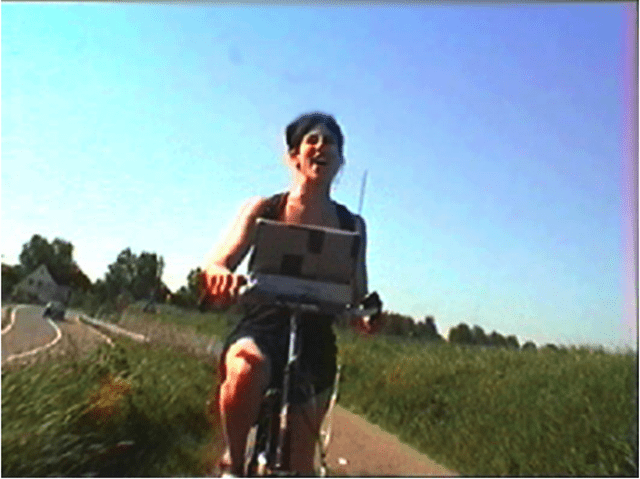 Debra Solomon, the_living, 1997-1998. (C) Debra Solomon. Video still from Project the-living's Wardrobe of Live Moments (1999-2000)[/caption]
Debra Solomon, the_living, 1997-1998. (C) Debra Solomon. Video still from Project the-living's Wardrobe of Live Moments (1999-2000)[/caption]
 Debra Solomon, the_living, 1997-1998.[/caption][caption id="attachment_384" align="alignnone" width="640"]
Debra Solomon, the_living, 1997-1998.[/caption][caption id="attachment_384" align="alignnone" width="640"] Debra Solomon, the_living, 1997-1998. Screencapture[/caption][caption id="attachment_382" align="alignnone" width="640"]
Debra Solomon, the_living, 1997-1998. Screencapture[/caption][caption id="attachment_382" align="alignnone" width="640"] Debra Solomon, the_living, 1997-1998. (C) Debra Solomon. Video still from Project the-living's Wardrobe of Live Moments (1998-2000).[/caption][caption id="attachment_383" align="alignnone" width="640"]
Debra Solomon, the_living, 1997-1998. (C) Debra Solomon. Video still from Project the-living's Wardrobe of Live Moments (1998-2000).[/caption][caption id="attachment_383" align="alignnone" width="640"] Debra Solomon, the_living, 1997-1998. (C) Debra Solomon. Video still from Project the-living's Wardrobe of Live Moments (1999-2000)[/caption][caption id="attachment_381" align="alignnone" width="640"]
Debra Solomon, the_living, 1997-1998. (C) Debra Solomon. Video still from Project the-living's Wardrobe of Live Moments (1999-2000)[/caption][caption id="attachment_381" align="alignnone" width="640"] Debra Solomon, the_living, 1997-1998. (C) Debra Solomon. Video still from Project the-living's Wardrobe of Live Moments (1999-2000)[/caption]
Debra Solomon, the_living, 1997-1998. (C) Debra Solomon. Video still from Project the-living's Wardrobe of Live Moments (1999-2000)[/caption]
year
1997-1998
website
the-living.org (not running anymore)
Screen capture taken on 2018-12-05 17.08.05
Screen capture taken on 2018-12-05 17.08.05
premiere
the_living went online December 19971 and was exhibited in the exhibition μ (Mu) at Arti et Amicitiae in Amsterdam on December 13, 19972.
software
HTML, domain name (+ browser), CU-SeeMe.
functionality
the_living communicates through the CU-SeeMe software, a low-resolution online video conferencing and chat system for multiple users. By inviting users to her online IVisit room, the_living_room, the_living initiates relationships with other digi-personas whom the artist meets in the video conferencing environment.
part of collection
production
hardware
Windows and Macintosh platform. Modem.
technical specs
the_living is built up of web pages, windows displaying images and showing video conference chats from CU-SeeMe, logs of ongoing chats or computer code, as well as sound.
intention artistquote by artist
quote
“the-living is a digi-persona that I adopted so that I might begin to experience the ‘future’, presented to me in a popularized science fiction, as seamless digital and physical existence. As a digital character, she embodies the dream of complete connectivity, in fact, she becomes sort of a connectivity hero. Her presence becomes a ritual that blurs the borders between the physical and online worlds, as she appears in sensational physical situations while broadcasting semi-fictional videos and chat narratives to audiences via the internet.”3
“Like in the kyogaru culture of Japanese high school girls, the_living sends midi sound-embedded web pages to her acquaintances, 'so that we can chat in a homogeneous space, listen to the same music, look at the same thing, be in the same room together.’”4
"I already have a life, and my priority this year consists of providing the visual and narrative for [my] digi-persona, the_living. Her life consists only of what I give her to live plus her interaction with others on-line."5
“Like in the kyogaru culture of Japanese high school girls, the_living sends midi sound-embedded web pages to her acquaintances, 'so that we can chat in a homogeneous space, listen to the same music, look at the same thing, be in the same room together.’”4
"I already have a life, and my priority this year consists of providing the visual and narrative for [my] digi-persona, the_living. Her life consists only of what I give her to live plus her interaction with others on-line."5
influence
Debra Solomon began working on her project the_living during the same period that Yvonne le Grand’s Nara Zoyd/La Zoyd’s Pataverse and Martine Neddam’s Mouchette were created—both works that involve digital personas in online environments, interacting with visitors, created by the artist.
Both Solomon and Le Grand were interviewed for the AVRO program ‘Digitale Diva’s’ that was broadcast in August 1998.
Both Solomon and Le Grand were interviewed for the AVRO program ‘Digitale Diva’s’ that was broadcast in August 1998.
context
LITERATURE
Brouwer, Joke, et al., editors. The Art of the Accident. NAI Publishers / V2 Organisation, 1998. pp.65
Poppe, Ine. “Superworklurk Kan Snorkelend Typen; Debra Solomon Gaat Jaar on-Line Als Digitale Heldin.” NRC, NRC, 11 Dec. 1997, nrc.nl.
Teran, Michelle. “Digital Persona.” Motherboard, liveart.org.
Poppe, Ine. “Superworklurk Kan Snorkelend Typen; Debra Solomon Gaat Jaar on-Line Als Digitale Heldin.” NRC, NRC, 11 Dec. 1997, nrc.nl.
Teran, Michelle. “Digital Persona.” Motherboard, liveart.org.
part of active discussion
In 1998, Debra Solomon investigated what it could mean if we were to be online for 24 hours a day. Today it is almost impossible to not be online all the time and people sign up for digital detox retreats or install apps that minimize their online behaviour on their smartphone. the_living also explores the notion of fictional web presence, connecting to current discussions of fake identity and news.
scene artists institutes
V2_, Waag, Mediamatic, W139, Kunsthal Rotterdam, Ars Electronica, Gerrit Rietveld Academie, Stroom The Hague, Arti et Amicitiae, MonteVideo, Stedelijk Museum Amsterdam
footnote
1 the-living went online December 1997, see: Ine Poppe, “Superworklurk Kan Snorkelend Typen; Debra Solomon Gaat Jaar on-Line Als Digitale Heldin.” NRC, NRC, 11 Dec. 1997, nrc.nl.
2
Nettime Mailing Lists, 4 Dec. 1997, nettime.org.
3 Sebastián Lopéz, editor. A Short History of Dutch Video Art = Una Breve Historia Del Video Arte En Holanda. Gate Foundation, 2005. pp.129.
4 “The Living.” V2_Institute For the Unstable Media, 1 July 2009, v2.nl.
5 Michelle Teran, “Digital Persona.” Motherboard, liveart.org.
6 “Debra Solomon,” V2_Institute For the Unstable Media, 25 Jan. 2011, v2.nl/archive.
7 “Debra Solomon,” V2_Institute For the Unstable Media, 25 Jan. 2011, v2.nl/archive.
« Steina
Annie Abrahams
Livinus van de Bundt & Jeep van de Bundt
Driessens & Verstappen (Erwin Driessens and Maria Verstappen)
Yvonne le Grand
Edward Ihnatowicz
JODI (Joan Heemskerk & Dirk Paesmans)
Bas van Koolwijk
Lancel/Maat (Karen Lancel and Hermen Maat)
Jan Robert Leegte
Peter Luining
Martine Neddam
Marnix de Nijs and Edwin van der Heide
Dick Raaijmakers
Joost Rekveld
Remko Scha
Jeffrey Shaw
Debra Solomon
Steina
Peter Struycken
Michel Waisvisz